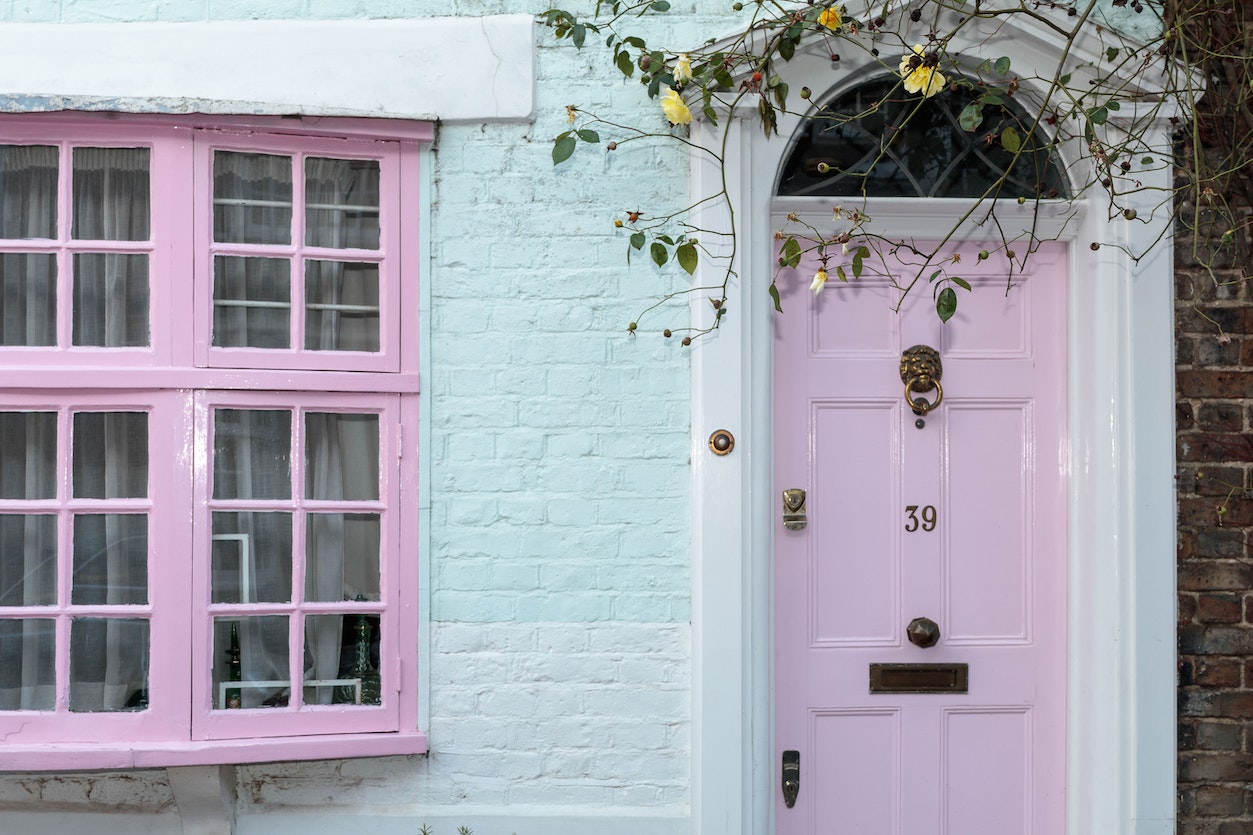
Clay bricks are an enduring and eco-friendly choice for builders and architects in an age of rapidly evolving construction technology and materials. With their rich history and adaptability, clay bricks continue to be a staple in the construction world. Brick suppliers ensure this timeless building material remains accessible and relevant in contemporary construction practices.
The Resilience of Clay Bricks
For good reason: clay bricks have been used for centuries in construction. Their durability and resistance to weathering make them a natural choice for building structures that stand the test of time. The unique properties of clay, when fired at high temperatures, result in bricks that are not only strong but also resistant to fire, pests, and extreme weather conditions.
One of the critical advantages of clay bricks is their thermal mass, which helps regulate indoor temperatures. They absorb heat during the day and release it slowly at night, reducing the need for heating and cooling systems. This energy-efficient quality is especially relevant in a world increasingly focused on sustainability.
Sustainable Sourcing of Clay Bricks
Brick suppliers play a significant role in ensuring that clay bricks are sourced sustainably. Clay extraction, the primary raw material for bricks, must be done with environmental responsibility in mind. Many brick suppliers work closely with clay mining operations to ensure that the clay is extracted in an eco-friendly manner and that the land is rehabilitated after mining.
Furthermore, technological advancements have enabled brick manufacturers to optimize their production processes, minimizing waste and energy consumption. This reduces the environmental footprint of clay brick production and makes them more cost-effective.
Eco-Conscious Construction
The demand for sustainable and eco-conscious construction has grown significantly in recent years. Builders and architects are increasingly looking for materials that reduce the environmental impact of their projects. Clay bricks fit this bill perfectly.
Clay bricks are a natural, non-toxic, and recyclable material. They are made from abundant earth resources, and their long lifespan reduces the need for frequent replacements. This durability ensures that clay bricks are an eco-conscious choice, as they contribute to reducing construction waste and resource consumption.
In addition, clay bricks can be reused and recycled, extending their lifespan and reducing the environmental burden. This recyclability aligns with the principles of the circular economy, making clay bricks a sustainable choice for construction projects.
Energy-Efficiency and Comfort
The thermal mass of clay bricks contributes to energy efficiency and enhances the comfort of buildings. Structures built with clay bricks maintain stable indoor temperatures, reducing the need for heating and cooling. This not only results in lower energy bills for homeowners but also decreases the carbon footprint of the building.

As a result, brick suppliers are increasingly partnering with architects and builders to promote the advantages of clay bricks in constructing energy-efficient and comfortable living spaces. Clay bricks can create well-insulated and cozy interiors, making them a sought-after choice in regions with extreme weather conditions.
Modern Techniques and Innovations
While clay bricks have a long history, modern technology has brought several innovations to producing and applying this age-old material. Brick suppliers are at the forefront of these innovations, ensuring that clay bricks remain relevant in contemporary construction.
One notable advancement is the development of more giant, thinner bricks that are lighter and easier to handle, reducing labour costs and improving construction efficiency. These thinner bricks still provide the same durability and thermal benefits as traditional bricks, making them a popular choice for builders.
Moreover, clay bricks can now be manufactured with improved precision and consistency due to automation and advanced quality control techniques. This ensures that every brick is high quality and meets strict construction standards.
Versatile Design Possibilities
Clay bricks offer various design possibilities, making them suitable for traditional and modern architectural styles. They come in multiple colours, textures, and sizes, allowing architects and builders to create unique and aesthetically pleasing structures.
Brick suppliers work closely with architects and designers to provide the correct type of clay bricks to match the vision of a project. Whether a rustic, traditional look or a sleek, contemporary design, clay bricks can be adapted to suit any style, making them a versatile and attractive choice for residential and commercial projects.
The Role of Brick Suppliers
Brick suppliers are more than just intermediaries between brick manufacturers and builders. They play a crucial role in educating the construction industry about the benefits of clay bricks and promoting sustainable construction practices. They act as a bridge between innovation in brick production and the demand for eco-conscious building materials.
Suppliers also help builders and architects source the right clay bricks for their projects, considering design requirements, project location, and budget. They guide the latest innovations in brick technology and ensure that clients receive the highest quality bricks available.
Clay bricks have stood the test of time, offering a combination of strength, durability, and eco-friendliness that few construction materials can match. Brick suppliers are instrumental in ensuring that these qualities are preserved and enhanced through sustainable sourcing, innovation, and responsible construction practices.
Clay bricks are a timeless and eco-conscious choice for builders and architects in a world that increasingly values sustainability and energy efficiency. With the support of dedicated brick suppliers, the legacy of clay bricks in construction is set to extend into the future, contributing to greener and more resilient buildings for generations to come.






